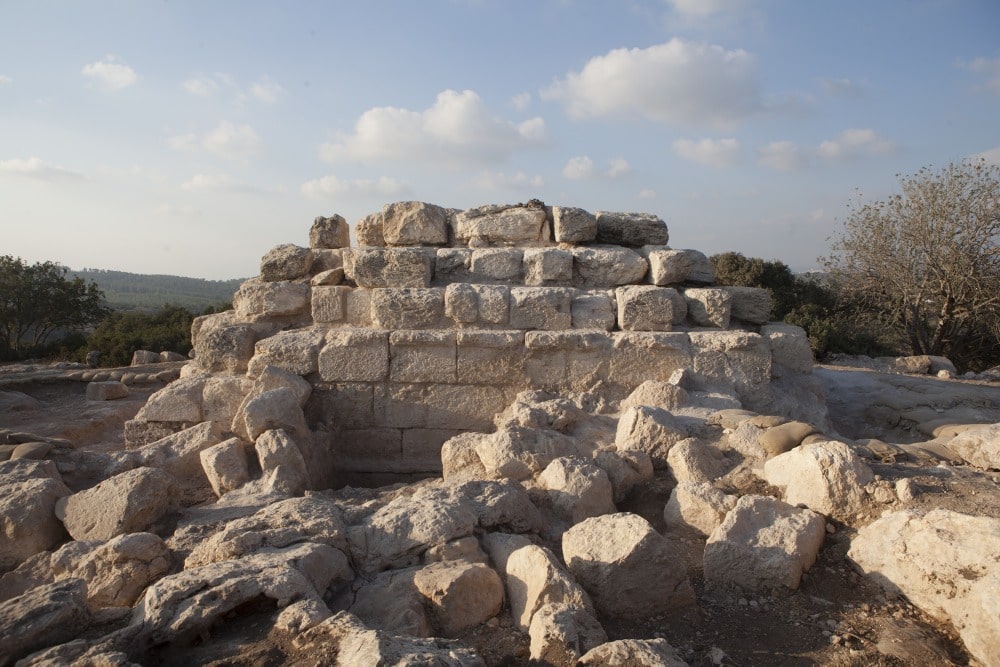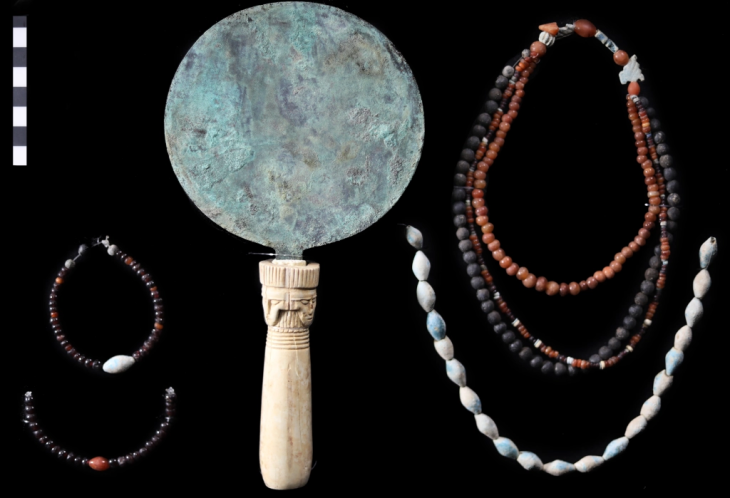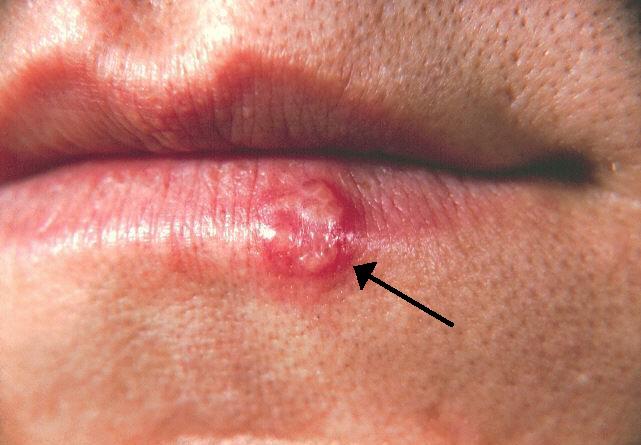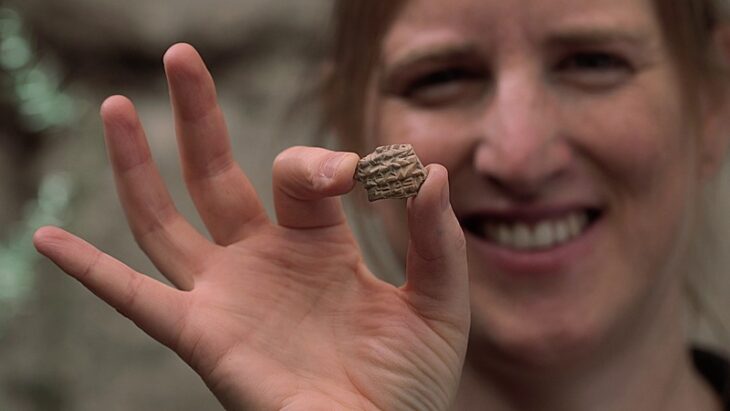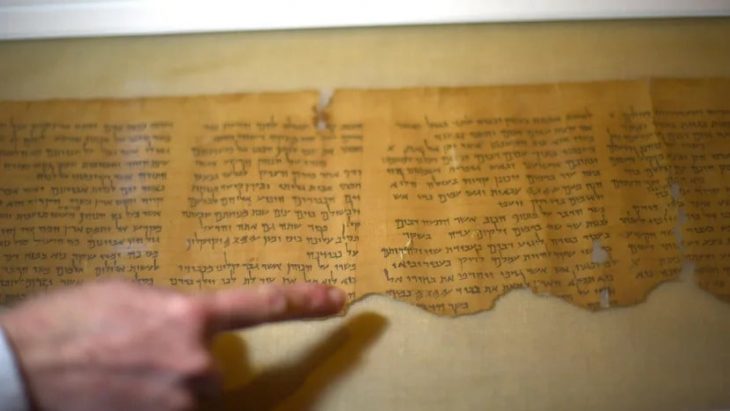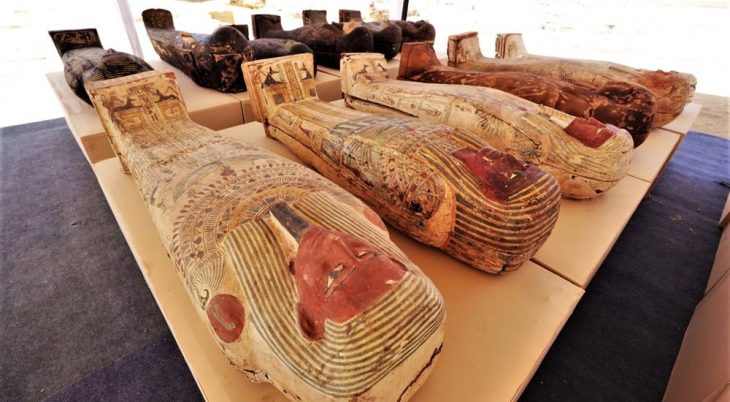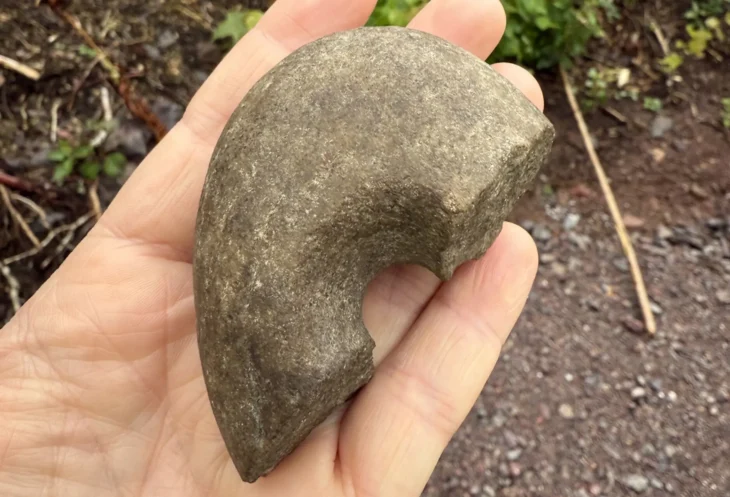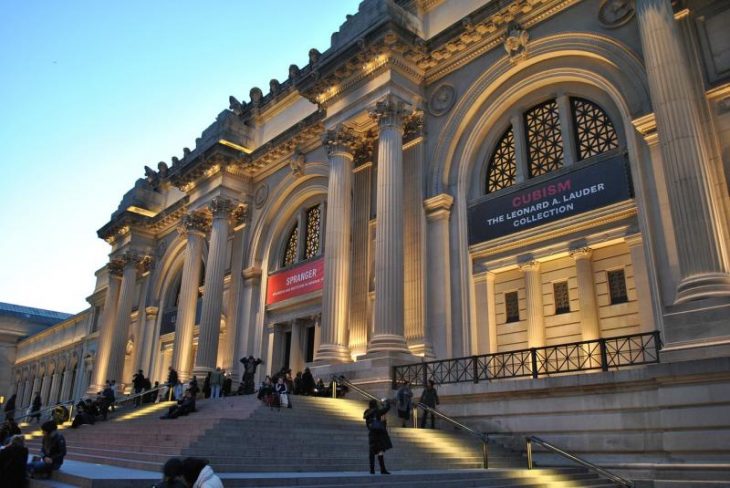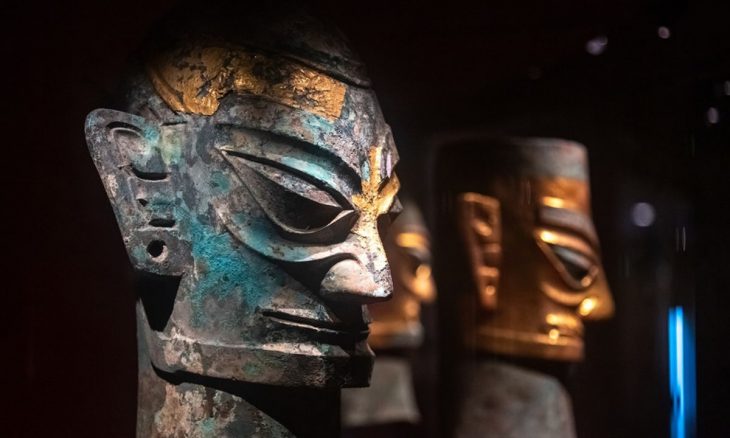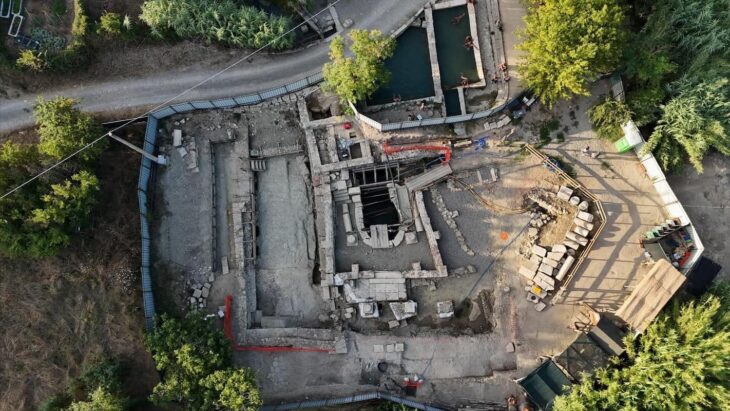Khirbet Midras (Arabic) or Horvat Midras (Hebrew) is one of several antiquities sites located within the Adullam Grove National Park, an Israel Nature Reserve south of Beit Shemesh. Khirbet Midras dates from the 10th century BC to the 4th century AD.
Excavation at the site has uncovered a Byzantine-era church, burial caves and tunnels used by rebels during the Bar Kochba revolt, a columbarium cave, and a burial pyramid.
The site is on a spur’s northern slopes. One of Judea’s largest rural settlements during the second temple period, the ruins span an area of 250 dunams (25 hectares).
Despite the fact that the site has never been extensively excavated, a study of artificial cavities dug underground and small-scale excavations revealed that the Early Roman settlement was bigger and more prosperous than nearby rural sites.
The archaeological data supports the suggestion put forward by some scholars, that the site was re-founded by King Herod, whose family originated from the region of Idumaea.
📣 Our WhatsApp channel is now LIVE! Stay up-to-date with the latest news and updates, just click here to follow us on WhatsApp and never miss a thing!!
The Khirbet Midras pyramid is thought to be the largest and best preserved of a handful of pyramid-topped mortuary complexes dating back to the Second Temple and Roman eras in Israel. The structure was first documented by former Israel Antiquities Authority director Levi Yitzhak Rahmani during a survey of the site in the 1950s.
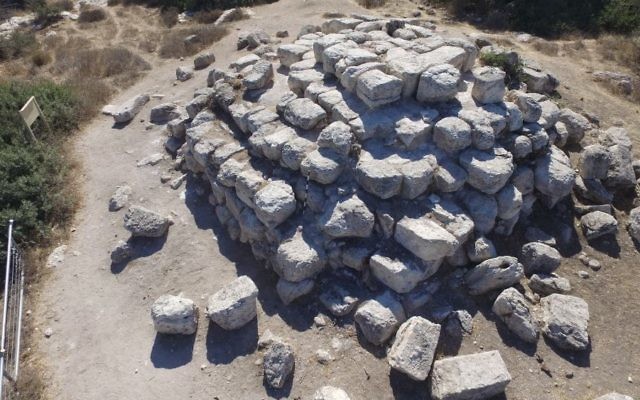
Judeans apparently started constructing pyramid-topped tombs during the end of the First Temple periods and through the Second Temple periods, despite the fact that their great Egyptian counterparts are bigger and better known. According to the first Maccabees book, Simon Maccabee built a memorial near Modiin that featured “seven pyramids facing one another for his father, his mother, and his four brothers,” all of whom died during the revolt against the Seleucid Greeks.
But don’t expect something that looks like Egypt’s Great Pyramid of Giza. “It’s a different kind of pyramid,” a stepped, more rugged, and significantly smaller, for starters.
Uncertainty surrounds the pyramid’s original height, but the base is approximately 10 meters (33 feet) square and is supported by five tiers of roughly cut limestone blocks. In a paper about the site, archaeologist Boaz Zissu of Bar Ilan University hypothesized that the monument may have stood 4.8 meters (16 feet) tall when it was finished. The pyramidal structure is currently about 3.5 meters (12 feet) tall.
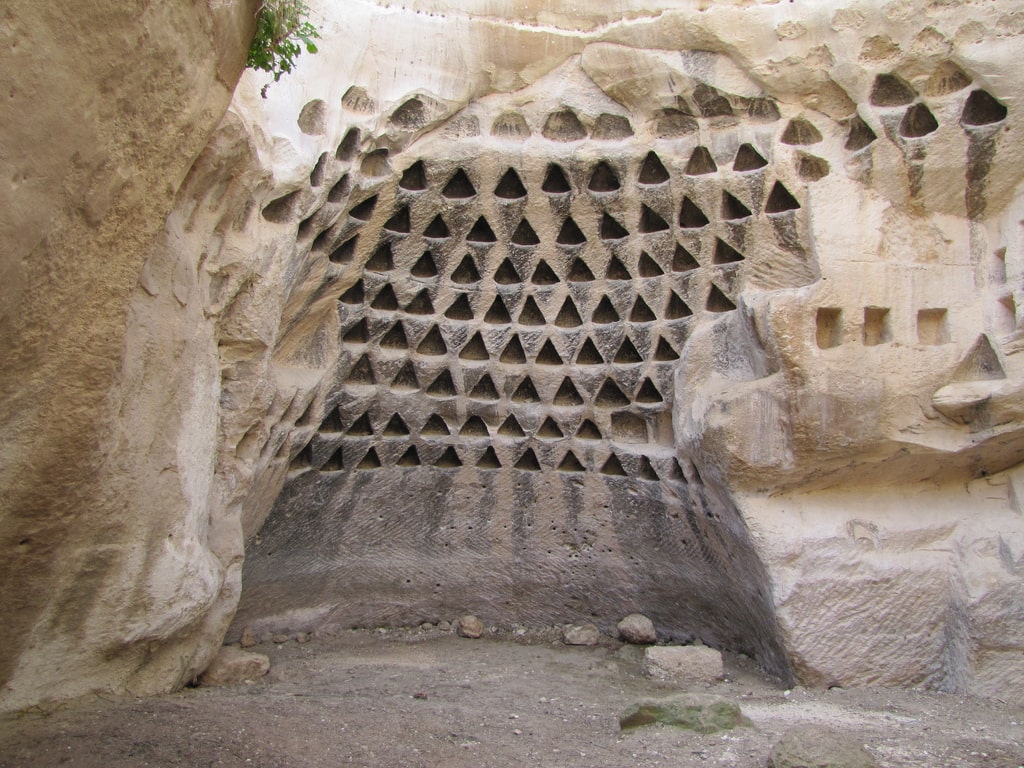
Archaeologists determined that the town was inhabited from the Late Persian or Hellenistic period (fourth century BCE) until its zenith in the Roman period, in the lead-up to the Bar Kochba revolt.
During the Bar Kokhba revolt, Jewish residents across most of the villages in Judea tried to save themselves by constructing underground hiding places. The Roman historian Cassius Dius wrote about this (Historia Romania, 69, 12, 3):
“To be sure, they did not dare try conclusions with the p449 Romans in the open field, but they occupied the advantageous positions in the country and strengthened them with mines and walls, in order that they might have places of refuge whenever they should be hard pressed, and might meet together unobserved under ground; and they pierced these subterranean passages from above at intervals to let in air and light”.
These hiding places may have saved some of the souls. However, the carnage that followed the onslaught left the village in ruins.
After its destruction, the Jewish population ceased, as all other Jewish villages in northern Judea. Cassius Dio, the historian of Rome, wrote about the devastation of Judea by Hadrian (Roman History, 69 13):
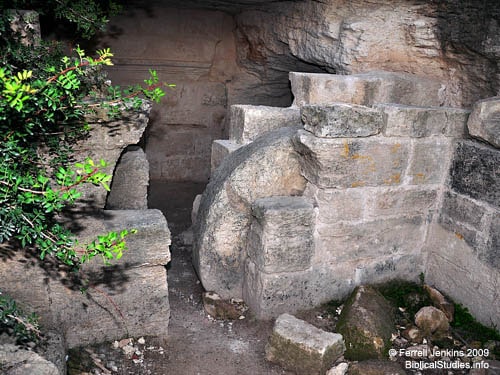
“Fifty of their most important outposts and nine hundred and eighty-five of their most famous villages were razed to the ground. Five hundred and eighty thousand men were slain in the various raids and battles, and the number of those that perished by famine, disease and fire was past finding out. Thus nearly the whole of Judaea was made desolate, a result of which the people had had forewarning before the war”.
The site was partly destroyed and abandoned during the second major uprising against the Romans, and later reinhabited.
The excavations at Khirbet Midras turned up a large and elaborate mosaic belonging to a church built during the Byzantine period and underground hiding complexes dating to the period of unrest between the Great Revolt of 66-70 CE and the Bar Kochba revolt six decades afterward.
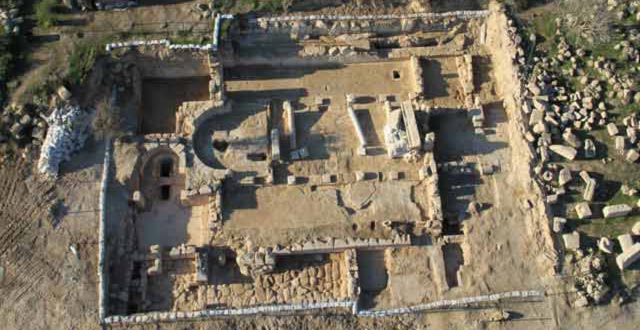
In 2011, the Israeli Antiquity Authority (IAA) unveiled the remnants of a Byzantine church in Khirbet Midras. The small basilica with an exquisitely decorated floor is believed to have been active between the 5th and 7th centuries AD. According to the dig’s leader, Amir Ganor of the IAA, the floor is “one of the most beautiful mosaics to be uncovered in Israel in recent years.”
Excavations revealed stones carved with crosses, leading to its identification as a church after it was initially thought to be a synagogue. There is another Roman-era building beneath the church. Additionally, beneath it, there is a system of tunnels carved out of the rock that archaeologists think were utilized by Jewish insurgents battling Roman armies in the second century AD.
You have the chance to watch the Columbarium Cave in a youtube video from BibleWalks.com.
Check out this 360 degrees Google image of a burial cave at Khirbet Midras here.

